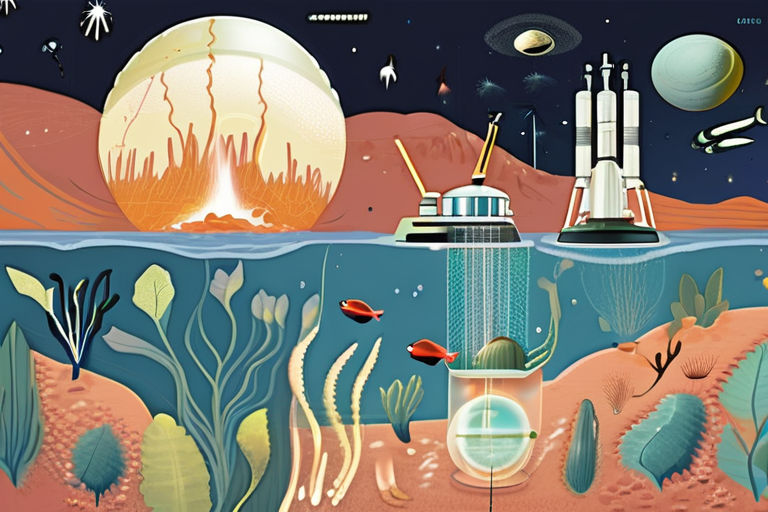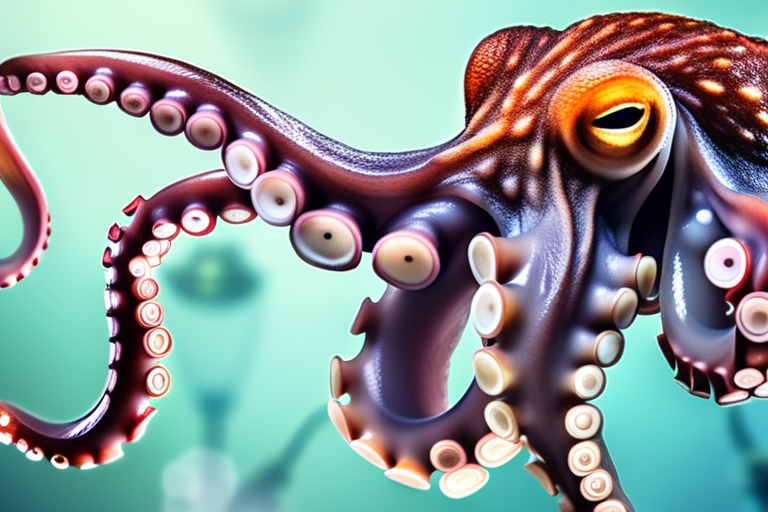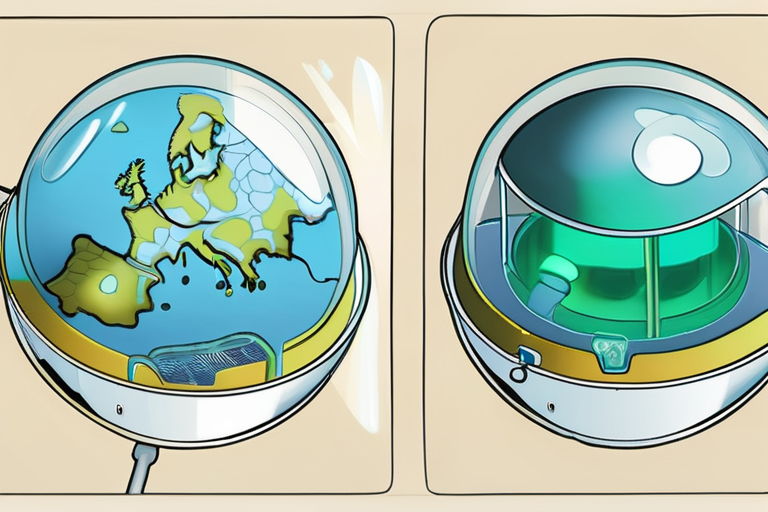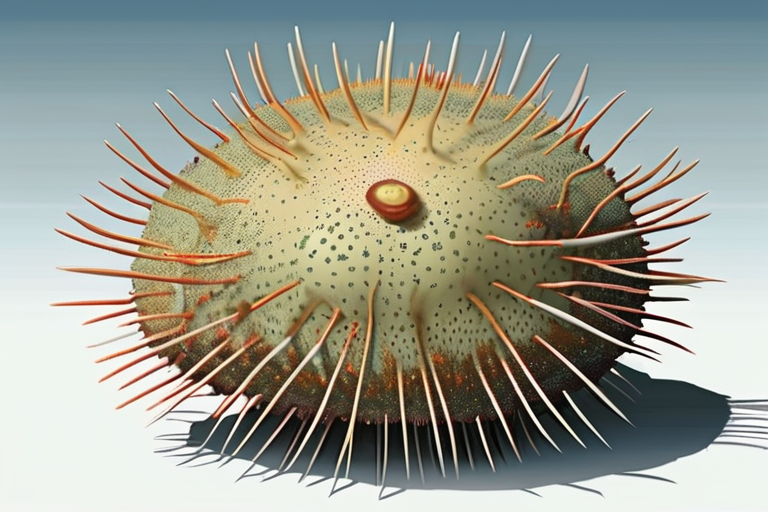In the depths of the ocean, a master of disguise lurks, its skin shifting seamlessly to blend into the surrounding seafloor. The octopus, with its remarkable ability to camouflage, has long fascinated scientists and engineers alike. Now, researchers at the University of California, San Diego, have cracked the code to replicating this extraordinary ability, teaching bacteria to produce the pigment responsible for the octopus's remarkable disguise.
The breakthrough, announced in a recent study, revolves around xanthommatin, a natural pigment that allows cephalopods to change color and blend in with their surroundings. By linking the production of this pigment to the survival of bacteria, the researchers created a self-sustaining system that dramatically boosts yields. This innovative approach could revolutionize materials science, cosmetics, and sustainable chemistry, opening up new possibilities for the development of color-changing materials, dyes, and pigments.
Dr. Maria Rodriguez, lead researcher on the project, explains the significance of their discovery: "We've been studying the biology of cephalopods for years, trying to understand the secrets behind their incredible camouflage abilities. By applying this knowledge to bacteria, we've created a system that can produce large amounts of xanthommatin in a controlled environment. This has the potential to transform industries that rely on color-changing materials."
The process of producing xanthommatin in bacteria is a complex one, involving the manipulation of genetic pathways and the creation of a self-sustaining system. The researchers used a combination of genetic engineering and metabolic engineering to link the production of xanthommatin to the survival of the bacteria. This approach allowed them to create a system that can produce the pigment continuously, without the need for external inputs.
One of the key challenges in replicating the octopus's camouflage ability was understanding the molecular mechanisms behind it. Cephalopods have a unique ability to produce xanthommatin in response to changes in their environment, allowing them to change color and blend in with their surroundings. By studying the genetic pathways involved in this process, the researchers were able to develop a system that can mimic this ability in bacteria.
The implications of this breakthrough are far-reaching, with potential applications in a range of industries. In materials science, the development of color-changing materials could revolutionize the design of buildings, vehicles, and other structures. In cosmetics, the production of xanthommatin could lead to the creation of new, sustainable dyes and pigments. And in sustainable chemistry, the ability to produce large amounts of xanthommatin could provide a new source of renewable energy.
As Dr. Rodriguez notes, "This is just the beginning of a new era in biotechnology. We're excited to see where this research will take us, and how it will impact society. The possibilities are endless, and we're eager to explore them."
The study, published in a recent issue of the journal Nature, marks a significant milestone in the field of biotechnology. By teaching bacteria to produce xanthommatin, the researchers have opened up new possibilities for the development of color-changing materials, dyes, and pigments. As the field continues to evolve, it will be exciting to see how this breakthrough is applied in a range of industries, and how it will shape the future of materials science, cosmetics, and sustainable chemistry.



























Share & Engage Share
Share this article